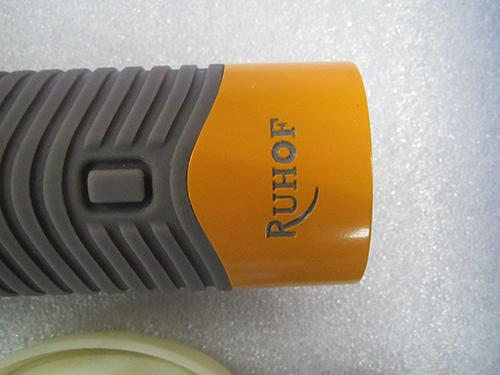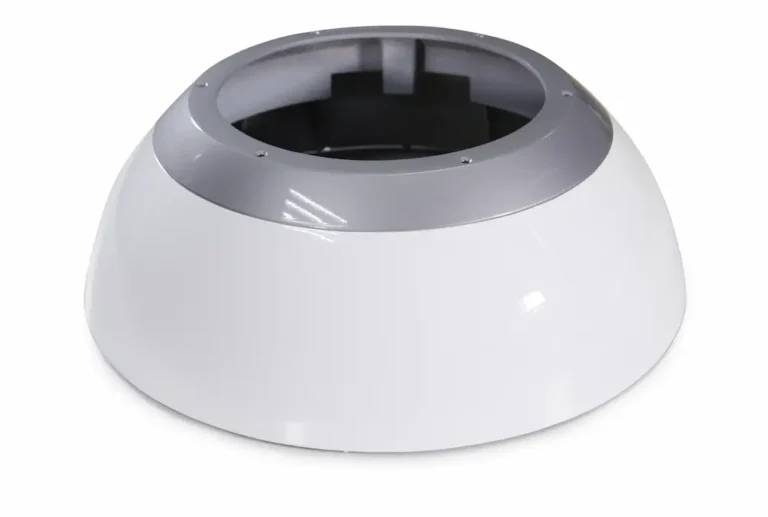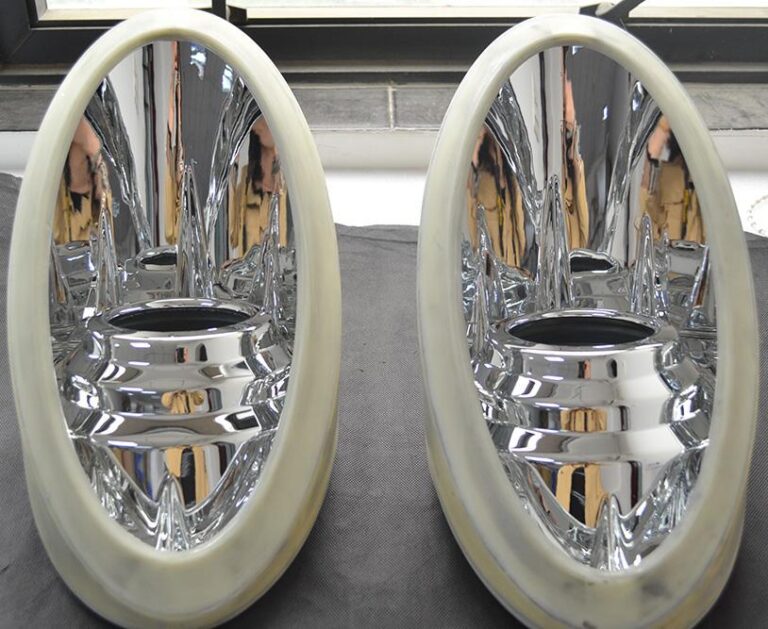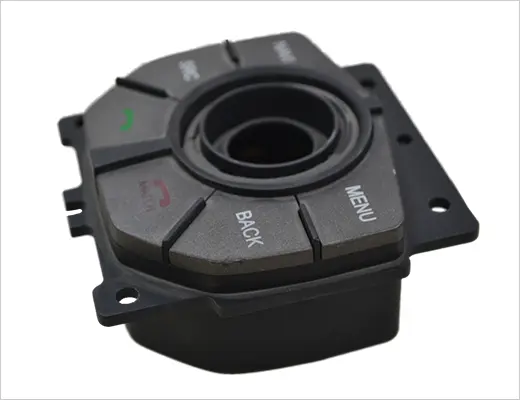
Case Details
Name: rapid prototyping model case-medical cleaner
Industry/Classification: Medical Equipment
Processing: Vacuum molding
Material: ABS
Maximum Precision: 0.05mm Production Cycle Time: 2~3days
Product Size: 15cm*3cm*3cm
Post-processing: Oil Spraying
Case Introduction
RAPID PROTOTYPING MODEL PROCESSING FOR MEDICAL CLEANER is a specialized process involving multiple steps and sophisticated techniques. The following is the general process of rapid prototyping:
Design stage: A detailed design is required based on the functional and cosmetic requirements of the medical cleaner. This stage usually requires the use of professional 3D design software to create a digital model of the product.
Prototyping: After the design is completed, an original model of the product needs to be created. This prototype is usually used to verify the feasibility of the design and as a reference for subsequent processing.
CNC Machining: CNC (Computer Numerical Control) machining is a common rapid prototyping production process, which controls the machine tool through programming instructions to accurately remove material and produce parts with precise dimensions and complex shapes.CNC machining can handle a wide range of materials, such as ABS, PC, PMMA, Aluminum, and Copper, which have good toughness and strength.
Post-processing: After CNC machining is completed, manual post-processing is usually required, including sanding, painting, printing, etc., to ensure the surface quality and aesthetics of the rapid prototyping model.
Silicone replica: If you need to make more than one set of prototypes, you can use silicone replica technology. This method is to use the original prototype to make a silicone mold, and then pour the PU material under vacuum to make the same replica as the original prototype. This method is less costly and suitable for small and medium-sized mass production.
Quality control: Strict quality control is required throughout the processing to ensure that each step meets the design requirements and industry standards.
Delivery to customer: After completing all the processing steps, the rapid prototyping model is delivered to the customer for final testing and verification.
To summarize, rapid prototyping model machining for medical cleaners is a complex process that combines modern design and precision manufacturing techniques, and requires professional teams and equipment to complete. Through this process, it can ensure that the design of medical cleaners can be fully verified and optimized before actual production.








